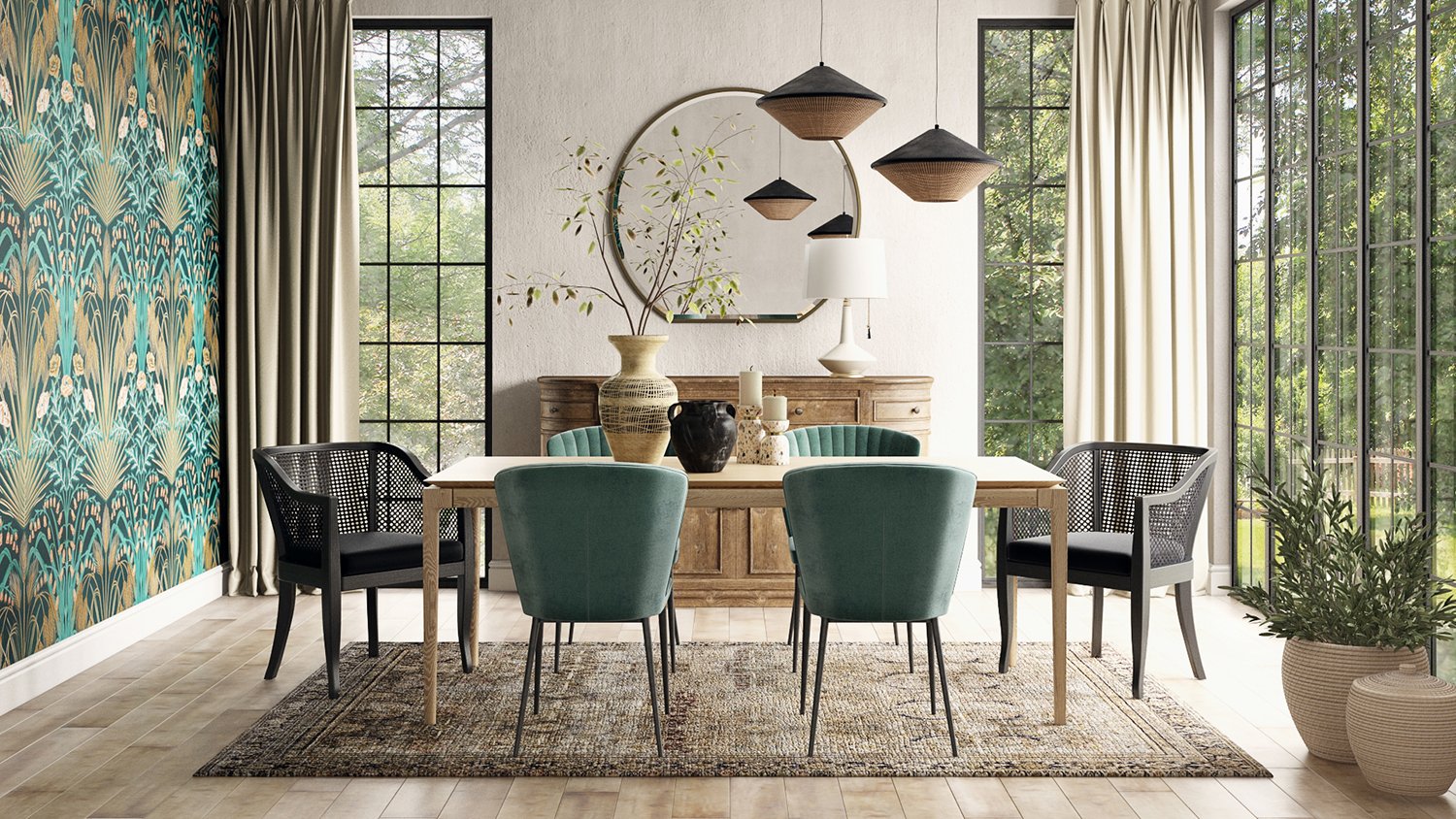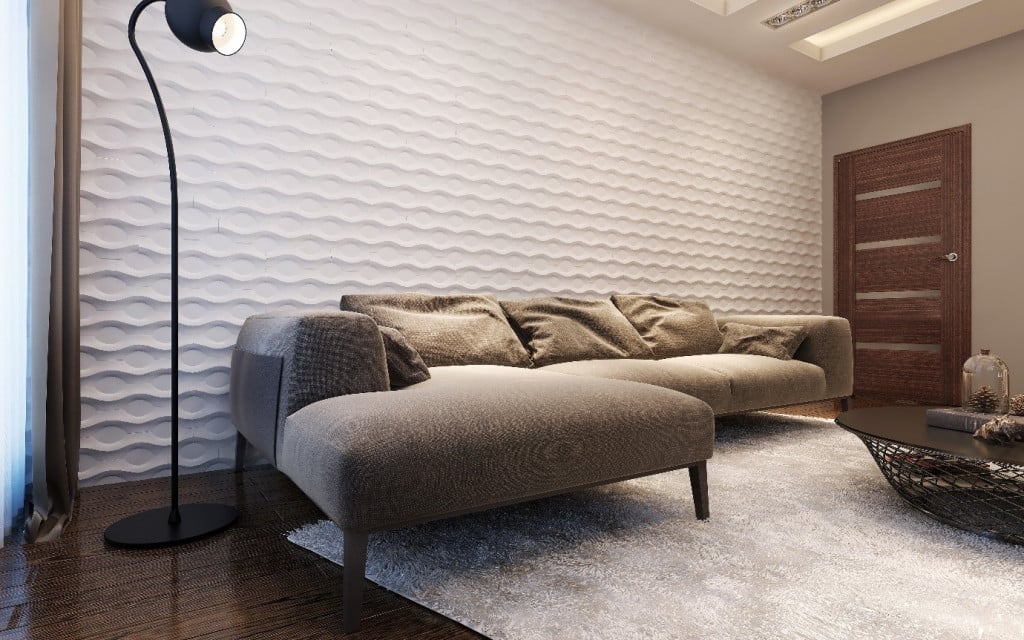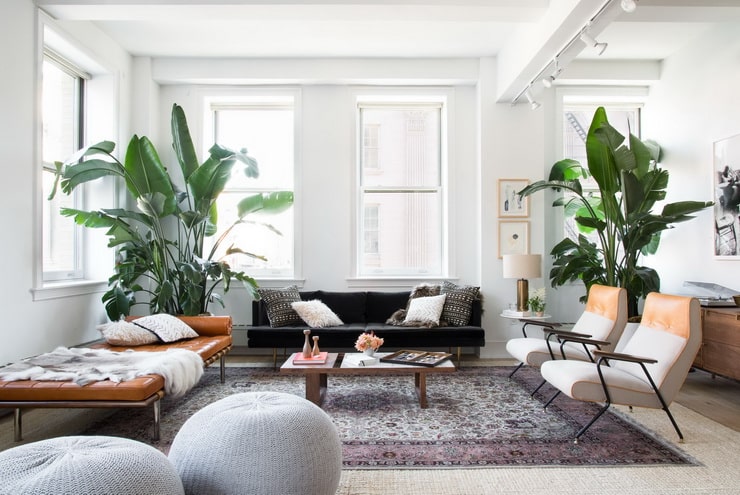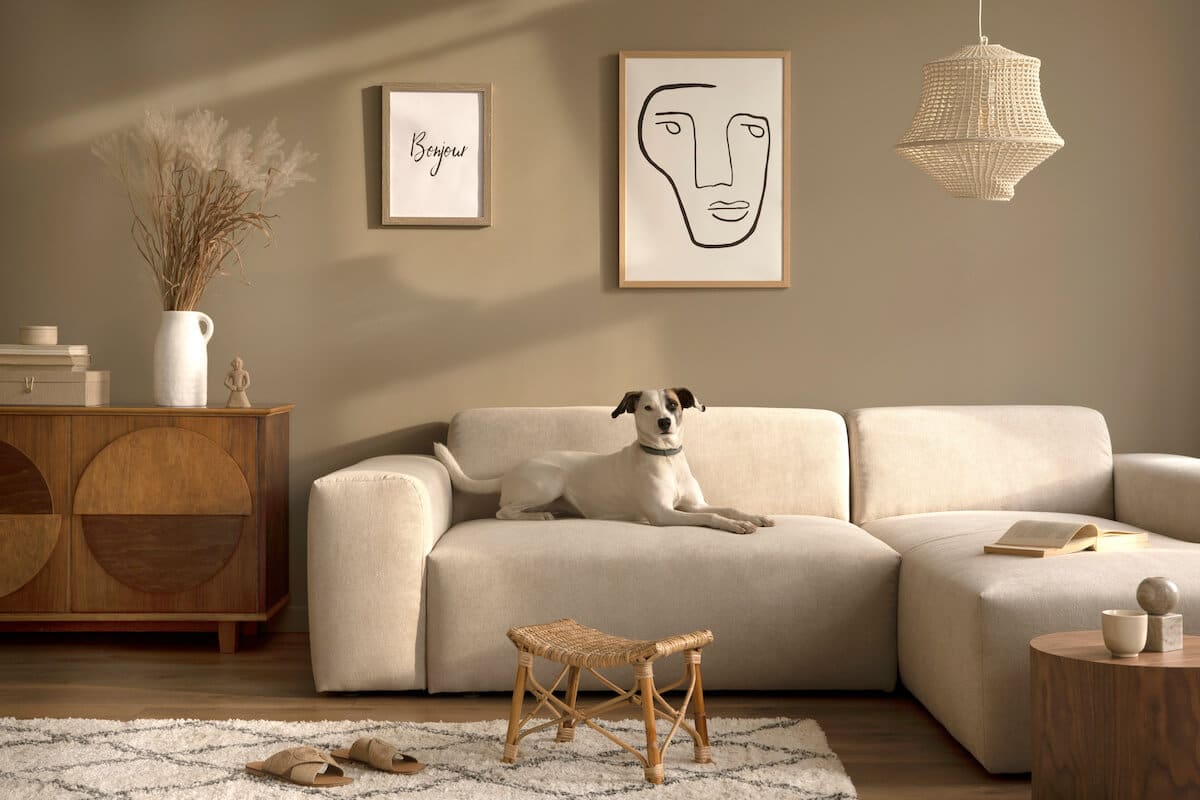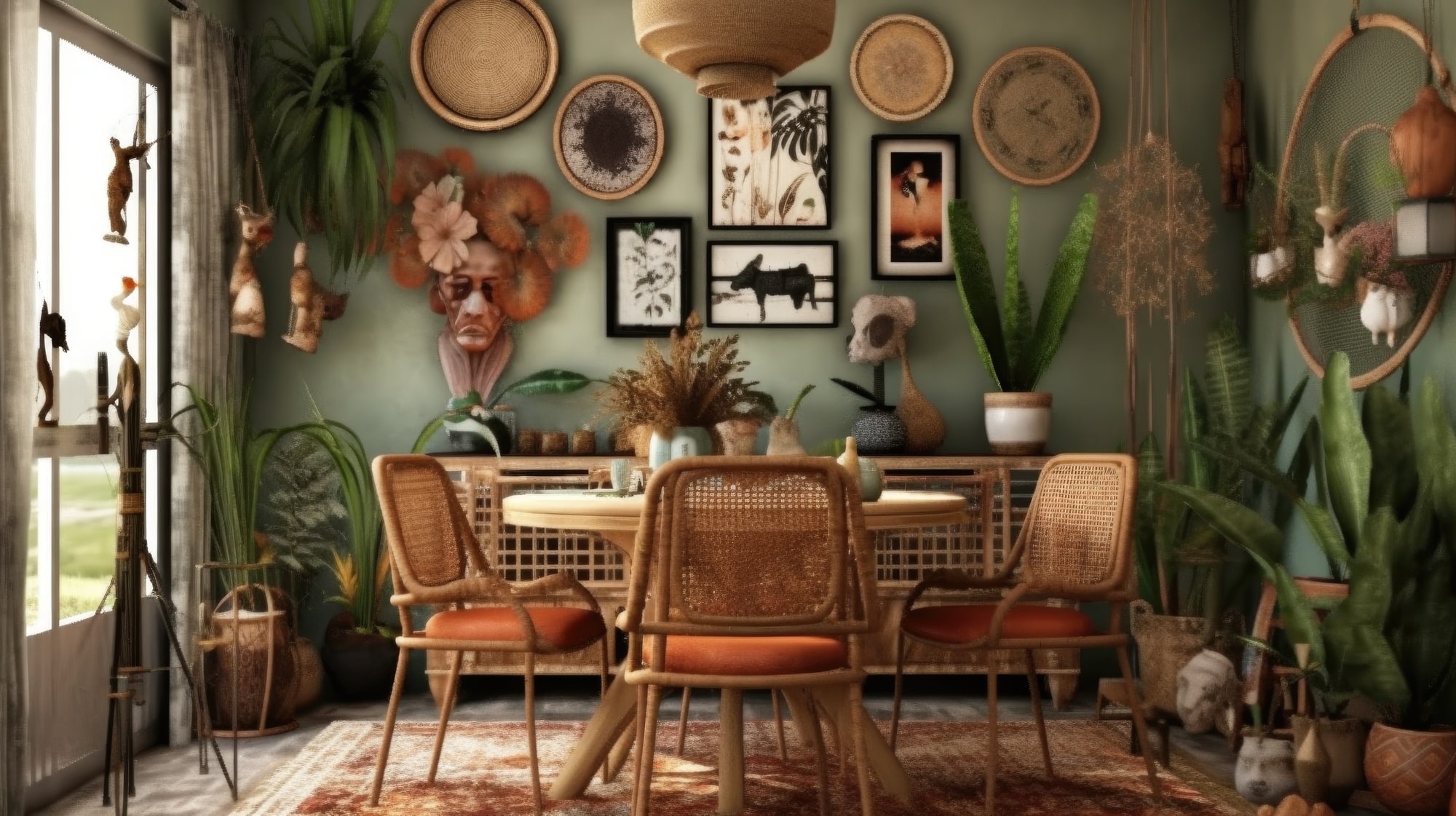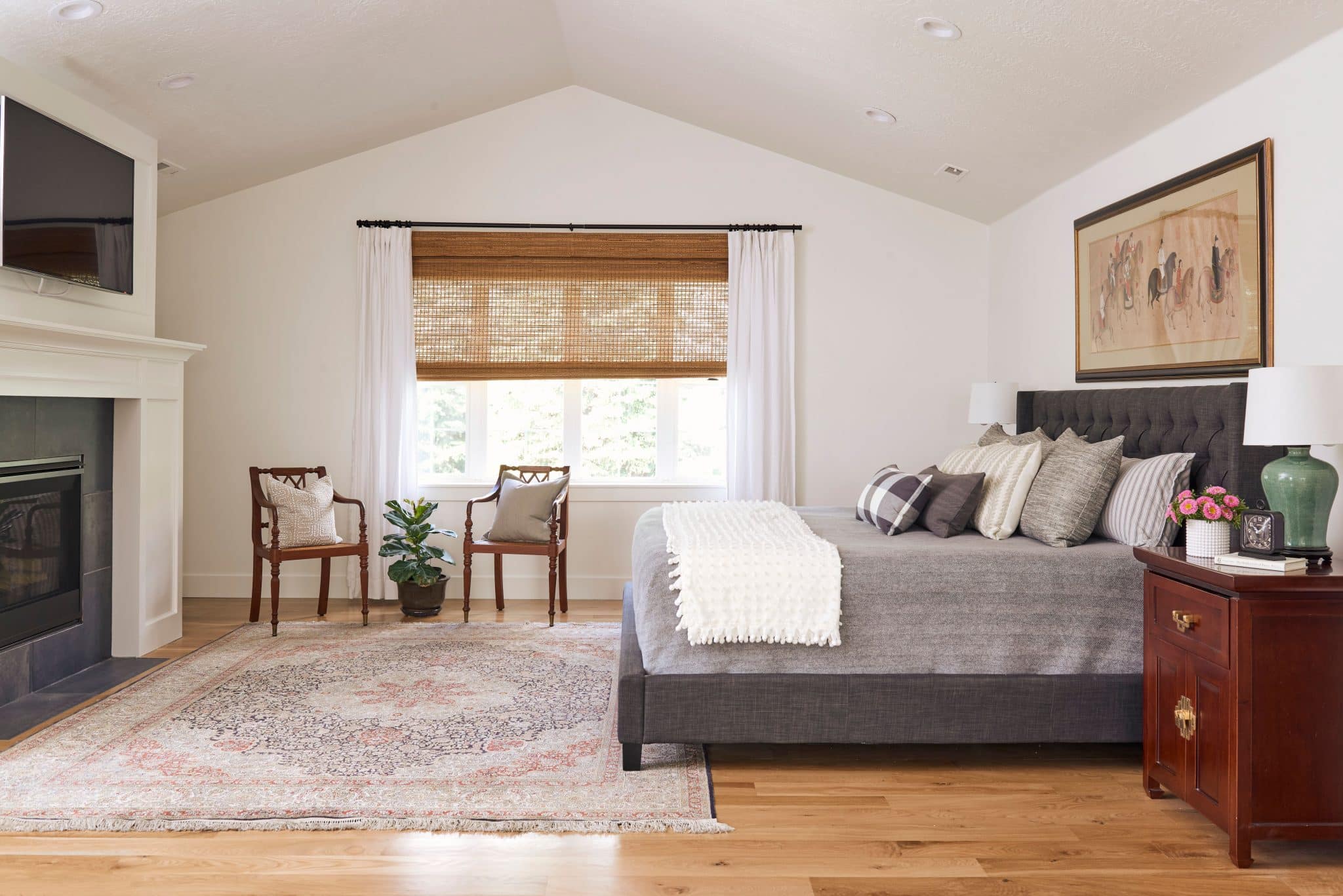What Are the Pros and Cons of Decorating with Various Shades of Sage Green?
Sage green is a soothing color that can effectively reduce stress and make one feel surrounded by the beauty and serenity of nature.
It can create balance and harmony besides being visually appealing and imparting timeless elegance to your walls. Sage green comes in different shades, starting from lighter tones to medium and darker shades of sage green.
How about applying some shade of sage green to your walls? Are you worried if it would look good on your walls? Are you trying to find out how to decorate with sage green?
If you are seeking answers to these questions, here is a guide throwing light on the benefits and drawbacks of using sage green for decorating your wall exteriors and interiors.
Playing with Shades of Sage Green: Pros & Cons
We have enlisted five pros and two cons of using shades of sage green on your walls for decoration.
Pros
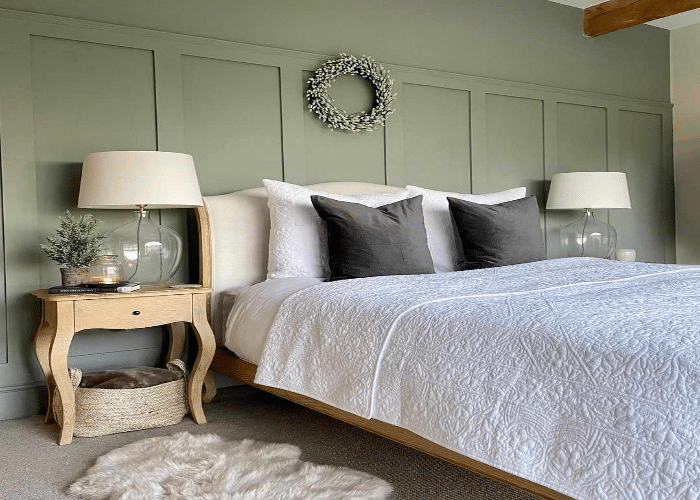
1. Calming Effect
Sage green is a shade that is deeply associated with nature. Besides this, it is also eco-friendly. The herb sage is also employed in aromatherapy and offers health benefits such as reducing stress and boosting digestion.
Sage green naturally soothes the mind and body and is a wonderful shade that can be used in the bedroom to feel relaxed after a long day. Simultaneously, sage green is a timeless and versatile color.
2. Maximize Space
When you have a smaller space, you can apply sage green to make your rooms appear larger. Sage green can be paired with plenty of colors, and it also comes in a variety of shades.
It can also be used in rooms which lack windows. So, such rooms can be made to appear more illuminated and larger by applying a lighter shade of sage green color.
3. Sage Green Can Add Depth
Sage green is also a wonderful color to add depth and dimension to a space. With the right shade of sage green, you can create a dramatic accent wall. Even in the smallest room, sage green can offer a room-defining depth.
You can either use sage green for an accent wall, or you can play with some unusual color schemes, like applying sage green to the trim and as the door colors. You could also apply it to certain unusual spots, like inside a shelf or closet.
4. Darker Shades Will Keep the Dirt Away
If you use a darker shade of sage green on your interior or exterior walls, you can keep the specks of dirt, stains, and dust oblivious to the eyes for a long time.
Darker shades take time to accumulate dust and appear dirty, dingy, and shabby. Plus, if you use good quality paints, they can keep your walls shiny and fresh for ages.
5. Sage Green Can Be Used Anywhere
Well, it is one color that can be painted both on the exterior and interior walls. Inside the house, it can be painted anywhere starting from the living room to the bedroom, kitchen, and even bathroom.
In the bedroom, it can have a calming effect, and in the study or office, it can boost productivity. In the bathroom, it can offer a spa-like feeling, and in the kitchen, sage green can create a peaceful atmosphere.
Cons

1. The Wrong Color Combination Can Spoil the Look
If you don’t know which colors go with sage green, you will be in trouble. Matching shades of sage green with the right colors is crucial for getting the ultimate look.
According to experts, sage green looks best with neutrals, whites, creams, grays, and powdery pinks. If you want to work darker colors with lighter sage green shades, you may consider using deep plum hues, gold, accents of rust, mustard yellow, and even black color. It also goes well with deep burgundy.
2. Wrong Materials Can Reduce the Show of Sage Green Shade
The color sage green is closely linked to nature. Therefore, it goes well with natural materials. Floors made of wood, porous stone, glazed ceramics, curtains, and sofas with velvet and linen upholstery are the ideal choice to decorate a room colored with a shade of sage green.
Other furniture pieces made of rustic beams and dark wood and kitchenware made of brass, gold, and silver are other ways of decorating rooms with sage green color.
Concluding Thoughts
Now you know what the merits and demerits of using a shade of sage green for decorating your walls. So, hopefully, all your doubts are scraped off after reading this blog.
As you know, there are different shades of sage green, so you would wonder which one to employ. So, according to experts, some of the best sage green paints are Evergreen Fog SW9130 by Sherwin Williams, Saybrook Sage HC-114 by Benjamin Moore, Pewter Green SW 6208 by Sherwin Williams, and Juniper Breeze N420-1 by Behr.
When decorating with sage green, always go for a flat matte finish, as sage green wouldn’t look good with a satin finish. Other finish options include French wash, chalk paint, lime paint, etc.

